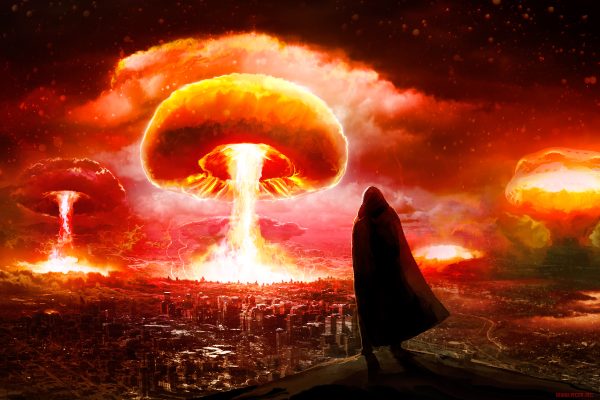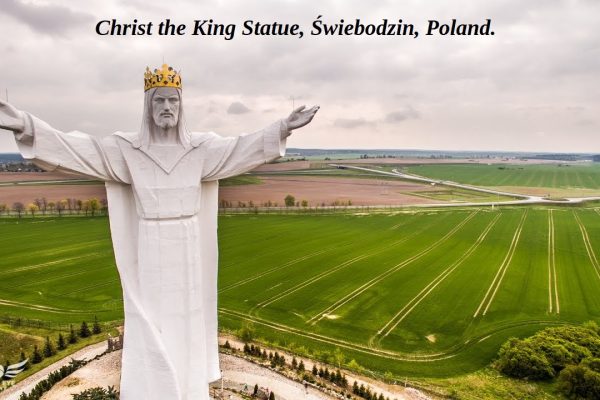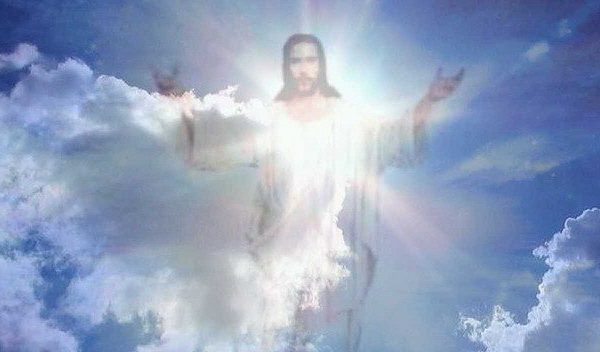My first encounter with a Preterist element within Orthodoxy took place when I came across an article written by an Orthodox author in response to a Protestant Preterist author writing about the Orthodox liturgy.
The article is titled Response to JL Vaughn On The Divine Liturgy by Lazarus Conley. I have never been able to find the original from JL Vaughn, so following are exerts of Conley’s response:
JL Vaughn a full preterist asks this question about the Eastern Orthodox’s Divine Liturgy of St. John Chrysostom:
What does this mean? Is this teaching full preterism, that Jesus Christ came back already in AD70?
During the Anaphora the Divine Liturgy says: ‘Remembering, therefore, this saving commandment and all that has been done for our sake: the Cross, the tomb, the Resurrection on the third day, the Ascension into heaven, the enthronement at the right hand, and the second and glorious coming again.
Without knowing context, this probably would confuse a full preterist. But with context it isn’t that confusing…
[Right after saying the Anaphora, the priest] states aloud:
Your own of Your own we offer to You, in all and for all.
We ‘offer’ to God what is God’s at the Divine Liturgy, by Remembering ‘this saving commandment’ (that is, to ‘Take, eat, this is My Body,’ and ‘Drink of this, all of you,’ which is proclaimed by the priest just before what was just quoted…”
We remember ‘all that has been done for our sake,’ and it includes, surprisingly, the future ‘second and glorious coming again.’
What do we make of this? It’s really quite simple. We live in the promises today as if Christ has already come. Secondly, in faith, the Church ‘sees’ as God ‘sees,’ which means the Church sees beyond space and time, because God is both inside and outside of time. This is particularly true in His intimate presence to us, and our presence to Him, during the Divine Liturgy. We find what’s called the already, not yet principle in full force in the Divine Liturgy.
What happens next in the Divine Liturgy? We pray over the Eucharist blessing it. Know who the Eucharist is? Jesus Christ. We in the Orthodox Church believe that this bread and blood becomes the literal body of Christ through Divine Mystery. The heavenly blesses earth.
Quoting Fr. John Guy Winfrey here on non-Orthodox using patristics:
[A] critical issue is that time cannot be applied in a lineal way with our Liturgy. As they try to use the Fathers, it is important to correctly contextualize the quotes. They don’t think in a patristic manner & will therefore not have the right context.
In the Church, God comes to be present in and among His People, IN and THROUGH His own broken Body and His own precious Blood (The Eucharist). He is present in the Eucharist.
Every single time we receive a Sacrament of any kind…
Every single time we receive His most pure Body and mist precious Blood…
He comes again in glory, just as promised in the Creed…
Every single time we read the Scriptures, too!
I do agree with Conley, because I do experience it, that God is present in the liturgy and more specifically, that He is in the bread and wine, which become His own Body and Blood. Using secular terminology, it could be said that it is all in our minds or hearts, but does it really matter how to explain it if it is real, in our minds and hearts? Orthodox theologians say that at the liturgy heaven and earth come together and we experience the Kingdom already come. Conley is right in saying that during worship, we lose our sense of space and time, and experience His presence, that we “live in the promises today as if Christ has already come.”
This looks and feels much like Preterism to me, as if we were already in the Kingdom. The difference is in that a Preterist would experience His presence knowing that Christ already came, whereas a Futurist, after losing his sense of space and time, experiences the same, but only as if He already came. Wouldn’t the believer’s faith be stronger if instead of living in the promises today as if Christ had already come, he lived in them knowing that He is already come?
A problem with most faithful is that when they leave church, the kingdom they experience fades away and they are back in “current age.” Wouldn’t that be expected? After all, they have been taught that the Kingdom is still future and Satan is still the ruler of this world.
Modern times Westerners often call Orthodox mystics, and Orthodoxy mystical. It does require an exercise of mysticism to experience the Kingdom as come, the Second Coming as accomplished, the Saints as alive, us becoming “deified,” if we know the last things are still future. If we assume they are accomplished, the burden of mysticism is eased, a great deal of mystery is unveiled.
The Orthodox faith is futurist in eschatology; however it contains many more “Preterist” flashbacks than the one noticed by JL Vaughn. To prove it, in the following series of articles I will cite canonized Orthodox Saints, however the focus will be in presenting exerts from a popular Orthodox Prayer Book, published by the Russian Orthodox Church Outside of Russia (ROCOR).

It was printed with the blessing of His Eminence Metropolitan Hilarion, First Hierarch of the ROCOR and “dedicated to the prayerful memory of Metropolitan Philaret (Voznesensky),…” The relics of Metropolitan Philaret were found to be incorrupt decades after his burial.
Serious Orthodox read these prayer books often, ideally daily, myself included. Priests and especially monks recite or chant these and many others, several times day and night, often from memory. These prayers and hymns were handed down by the ancient church fathers and many Orthodox consider them inspired. They are a summary of Orthodox theology. Much of it directly quotes or paraphrases scripture. The version above contains a parallel English-Slavonic text. It will help shed light on how religious texts and aspects of theology could have evolved over time, and how Preterist bits and principles are more present in Orthodox practice, than what meets the eye.





I am new to Orthodoxy been going to the local Antioch and Orthodox Church for about 2 months and have been thinking about becoming a catechumen but I am really waning to the side of us living in Satan’s little time and that I might be a preterist so I’m sure glad to read this article because I really want to keep going to the Orthodox church and really go all in but I cannot shake the feeling or the belief
Hi Michael, sorry for the delay. In principle you don’t need Preterism to be saved, you need other things, which I believe the Orthodox church does provide, and which no individual preacher or intelectual can provide. It seems your comment got cut off at the end.